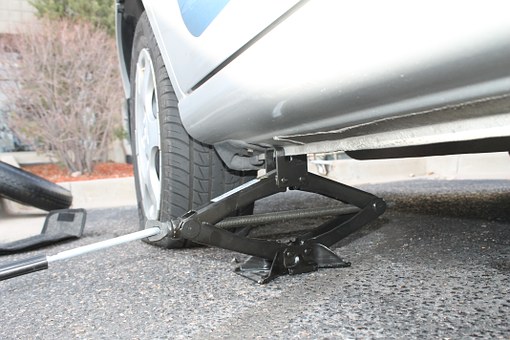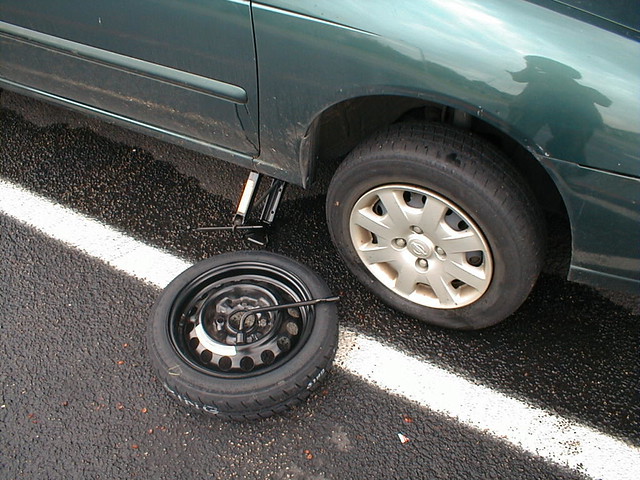Contents of this post:
1. When to Change a Tire?
2. Steps Involved in Changing Tires
If you are reading this post, it is probably because you don’t know how to change a tire, but unfortunately, a tire puncture can happen to anyone. If you want to minimize the risk of having to face such an issue, the easiest way is to drive with tires in good condition.
If for any reason you are still driving with old tires, you should know how to change a tire or you should at least have a backup plan in case of a tire puncture when you are in the middle of nowhere.
1. When to Change a Tire?
A tire must be changed in the following cases:
– Strong tread wears, leaving a tread depth of less than 1.6 mm.
– Puncture not repairable.
– Deterioration of the tire’s carcass (appearance of marbling inside the tire or folds observed on the inner membrane following flat tire running most often).
– When there is more than a 5 mm difference between the wear of the right and left tires on the same axle, the most worn tire must be replaced.
– Severe wear on the sidewalls of the tire (cracking).
– Removal of rubber showing the tire carcass.
– When the tire has been in use for more than 10 years, it is strongly recommended by manufacturers to equip your vehicle with new tires.

Good to know: a tire worn at 50% provides 20% less grip. It is, therefore, not a bad idea to change tires at this point.
Most often, it is the front tires that wear out first on a vehicle. It is, thus, advisable to change only the worn-out tires;
Benefit: this will provide the best possible grip on the axle over which the driver has the least control on a front-wheel-drive as the front axle is connected to the steering and engine brake.

Changing Tires Is an Operation to Be Carried out by a Professional.
This procedure must be performed by a professional equipped with well-maintained equipment. An amateur can definitely mount the tires but with no guarantee that the bolts on the wheels have been fitted tightly. Most often, a professional will tell you to change a tire on its rim, unlike an amateur who might want to take advantage of your naivety and propose the replacement of a complete wheel.
2. Steps Involved in Changing Tires:
- disassembling the wheel: remove the wheel from the vehicle;
- removing the worn tire;
- mounting of the new tire;
- balancing of the new tire;
- mounting the wheel on the car.
Now, if you are not familiar with mechanics, you can rely on a car insurer who will also include breakdown assistance if ever you need to change a tire. That way you won’t have to worry about hitchhiking.

